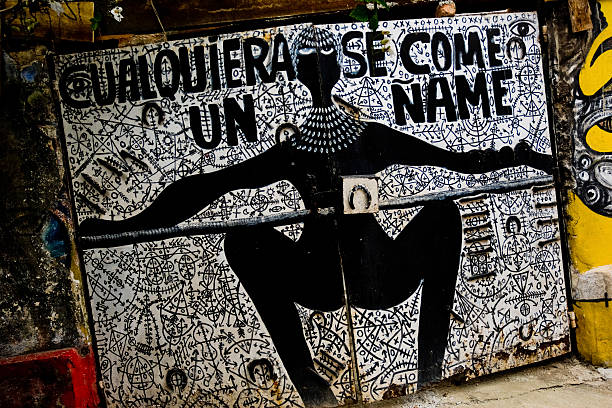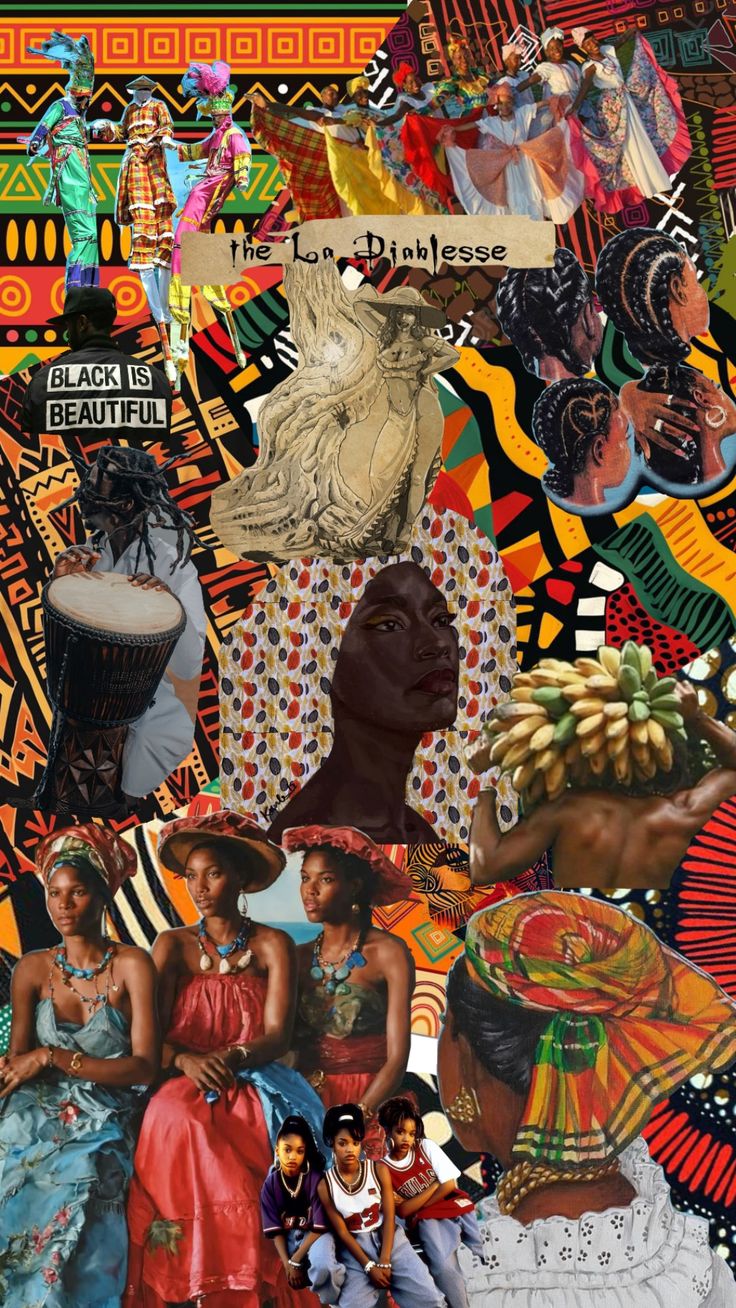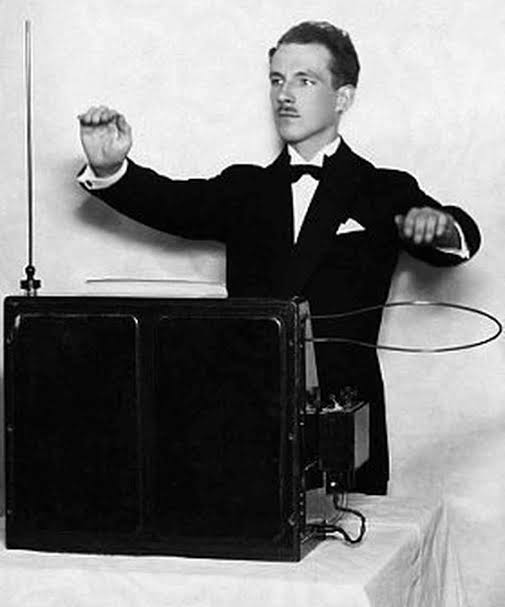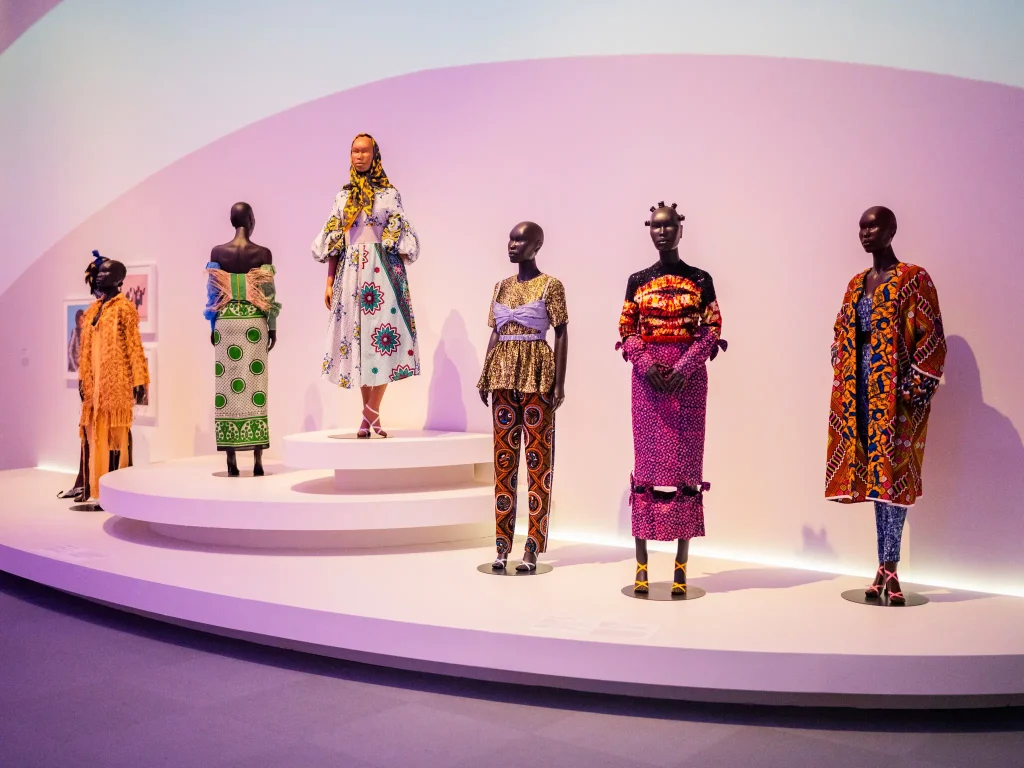Geneva Trade Talk Effect: Constructivist Move Between US And China Towards Reciprocal Economic Consensus And Recession Mitigation Over Tariff War - Analysis - Eurasia Review
Sometime around May, there was a trade talk of US and China to ease tariff, including the talk in Geneva, Switzerland. The United States and China, acknowledged the significance of their economic and trade ties not just for their own national interests but also for the broader global economy have agreed to collaborate to ensure a stable, sustainable, and mutually advantageous economic partnership.
Both parties have reflected on recent negotiations and share the view that sustained dialogue could address each side’s economic and trade concerns. They affirmed their intent to proceed with openness, cooperation, and respect.
Both countries agreed to roll back punitive tariffs for 90 days and reinitiate structured economic dialogue. While markets rallied, underlying tensions particularly over trade deficits, industrial policy, and fentanyl —remain unresolved. For ASEAN and the Philippines, the agreement offers a window of opportunity amid continued strategic competition.
The recent high-level U.S.-China talks in Geneva marked the since Donald Trump’s return to the U.S. presidency. The two nations agreed to – the U.S. cutting its tariff from , easing a trade war that had halted , disrupted global supply chains, and contributed to
Moreover, within the Trump administration, the truce was seen as a win for Scott Bessent, a former hedge fund executive who had pushed for the initial 90-day suspension of global reciprocal tariffs to create space for dialogue. “Both delegations agreed this weekend that neither side is seeking decoupling,” Bessent stated following the Geneva talks. “We’re aiming for more balanced trade, and I believe both parties are committed to that goal.” Bessent noted that while the next round of talks had not yet been scheduled, both sides were prepared to continue negotiations.
Last May 14, 2025, each country had started implementing the following initial measures:
:
1. 24% of the additional import duties on Chinese products (including from Hong Kong and Macau), as imposed by Executive Order 14257, for a , retaining a .
2. additional tariffs outlined in Executive Orders 14259 and 14266.
:
1. Similarly, on American products under Announcement No. 4 for , keeping a in place.
2. imposed under Announcements No. 5 and No. 6.
3. enacted since April 2, 2025.
Simultaneously, the U.S. economy experienced a 0.3% contraction in the first quarter of the year, partly driven by businesses accelerating imports to beat tariff increases.
Alongside the tariff cuts, China also agreed to withdraw export restrictions imposed after April 2, including limits on and in high-tech industries, according to U.S. Trade Representative Jamieson Greer.
This easing of tensions was welcomed by financial markets, which had been rattled by a trade conflict that froze nearly $600 billion in bilateral commerce, severely disrupted global supply chains, and led to job losses.
China’s decision to lift export controls on rare earth elements and magnets signals a major concession. These materials are essential for advanced manufacturing including defense, semiconductors, and clean energy. Their release:
For ASEAN and the Philippines, this opens up:
1. The recent Geneva talks underscore how bilateral deals between major powers can like ASEAN. This could undermine ASEAN centrality. Also, it can expose internal divisions within ASEAN regarding how to engage with China and the U.S.
The Philippines must therefore promote while advancing its national interests.
2. The Geneva trade truce between the U.S. and China offers and market optimism, but it does . For ASEAN and the Philippines, this is a . Strategic ambiguity remains, and economic cooperation should not be mistaken for long-term peace.
The Philippines should leverage this reprieve to:
3. While tariffs on many countries were paused recently, U.S. tariffs on Chinese imports, layered over pre-existing duties from both the Trump and Biden administrations, remain high despite a recent Geneva agreement that reduced some tariffs temporarily (from ).
The deal , nor does it address previous or Biden-era tariffs on key goods like electric vehicles (100%) and solar panels (50%). Markets reacted positively to the deeper-than-expected tariff cuts, although due to the unpredictability of Trump’s tariff policy. Industry voices highlight , calling the situation “fluid” and destabilizing for trade planning.
4. introduces economic ambiguity, keeping adversaries and trade partners off balance. However, this tactic , complicates logistics, and disrupts global supply chains. The Philippines and ASEAN must account for this unpredictability in their trade and investment planning.
5. Despite the tariff cuts being deeper than expected, the lingering presence of earlier tariffs especially on high-tech goods; signals that is still underway, not reversed. This means:
6. There would be a persistent risk to ASEAN and Philippine consumer goods. The removal of and high duties on consumer goods may increase retail prices in the U.S., affecting global demand for imported goods. ASEAN producers, including the Philippines, should expect:
7. The framing of China as both a trade rival and a imports amplifies the bilateral tensions. The Geneva accord may cool economic hostilities but . Southeast Asia, particularly the Philippines, will remain in the .
8. This truce affects ASEAN supply chain realignment which means the unpredictability of U.S. trade policy under Trump could:
9.
- Enhance port and customs efficiency to absorb redirected trade volumes.
- SME Protection: Mitigate risks from reduced U.S. e-commerce demand through regional digital trade integration.
- Defense and Strategic Alignment: Prepare for continued U.S.-China competition; do not interpret economic talks as de-escalation in broader geopolitical terms.
From here, the Philippines should accelerate trade diversificationand reduce dependence on single markets and push for regional economic frameworks like RCEP and Indo-Pacific Economic Framework become even more critical. This is because despite the positive headlines, the underlying vulnerabilities remain. The $600 billion disruption highlights: Systemic fragility in U.S.-China economic interdependence; and Persistent geopolitical risk that may re-emerge with minimal warning.
The Geneva trade truce is a partial reprieve, not a pivot. For the Philippines, the moment offers both opportunity and caution. Economic openings must be balanced with strategic vigilance, as the U.S.-China rivalry continues to define the Indo-Pacific’s economic and security architecture.
This US-China economic truce, if sustained, could usher in a period of relative calm in the Indo-Pacific. For ASEAN and particularly the Philippines, it presents an opportunity to enhance economic resilience, pursue defense reforms, and recalibrate strategic posture in a more flexible environment.
However, the structural rivalry between Washington and Beijing is far from over. Strategic vigilance remains essential. The Philippines should view this truce not as a resolution, but as a window to strengthen its economic and defense foundations before tensions inevitably rise again.
We can forecast that U.S. tariffs on Chinese goods may eventually stabilize between 30% and 40%. Nevertheless, even with a preliminary U.S.-China agreement, American consumers currently face an average effective tariff burden of 17.8%, the highest level since 1934. Hence, the Philippine defense and foreign relations has to re-examine its partners on acquisition affected by economic overhauling.
*Ideas and/or views expressed here are entirely independent and not in any form represent author’s organization and affiliation.
You may also like...
The Names We Carry: Why Africa’s Many-Name Tradition Shouldn’t Be Left Behind

"In many African communities, a child's birth is marked with a cascade of names that serve as fingerprints of identity, ...
WHY CULTURAL APPROPRIATION ISN’T ALWAYS OFFENSIVE

In a world of global fusion, is every act of cultural borrowing theft—or can it be respect? This thought-provoking essay...
Africa’s Health Revolution: How a New Generation is Redefining Global Wellness from the Ground Up

Move beyond the headlines of health challenges. Discover how African youth and innovators are using technology, traditio...
Kwame Nkrumah: The Visionary Who Dreamed of a United Africa
(13).jpeg)
Discover the powerful legacy of Kwame Nkrumah, Ghana’s first president and a pioneer of Pan-Africanism, whose vision for...
Meet the Theremin: The Weirdest Instrument You’ve Never Heard Of

From sci-fi movies to African studios? Meet the theremin—a touchless, ghostly instrument that’s making its way into Afri...
Who Told You Afro Hair Isn’t Formal?

Afro hair is still widely seen as unprofessional or “unfinished” in African society. But who decided that coils, kinks, ...
1986 Cameroonian Disaster : The Deadly Cloud that Killed Thousands Overnight

Like a thief in the night, a silent cloud rose from Lake Nyos in Cameroon, and stole nearly two thousand souls without a...
How a New Generation is Redefining Global Wellness from the Ground Up

Forget fast fashion. Discover how African designers are leading a global revolution, using traditional textiles & innov...


